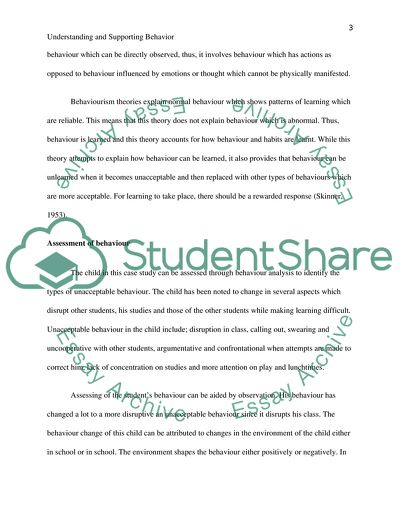Cite this document
(Understanding and Supporting Behavior Case Study Example | Topics and Well Written Essays - 3500 words, n.d.)
Understanding and Supporting Behavior Case Study Example | Topics and Well Written Essays - 3500 words. https://studentshare.org/psychology/1825318-understanding-and-supporting-behavior
Understanding and Supporting Behavior Case Study Example | Topics and Well Written Essays - 3500 words. https://studentshare.org/psychology/1825318-understanding-and-supporting-behavior
(Understanding and Supporting Behavior Case Study Example | Topics and Well Written Essays - 3500 Words)
Understanding and Supporting Behavior Case Study Example | Topics and Well Written Essays - 3500 Words. https://studentshare.org/psychology/1825318-understanding-and-supporting-behavior.
Understanding and Supporting Behavior Case Study Example | Topics and Well Written Essays - 3500 Words. https://studentshare.org/psychology/1825318-understanding-and-supporting-behavior.
“Understanding and Supporting Behavior Case Study Example | Topics and Well Written Essays - 3500 Words”. https://studentshare.org/psychology/1825318-understanding-and-supporting-behavior.


